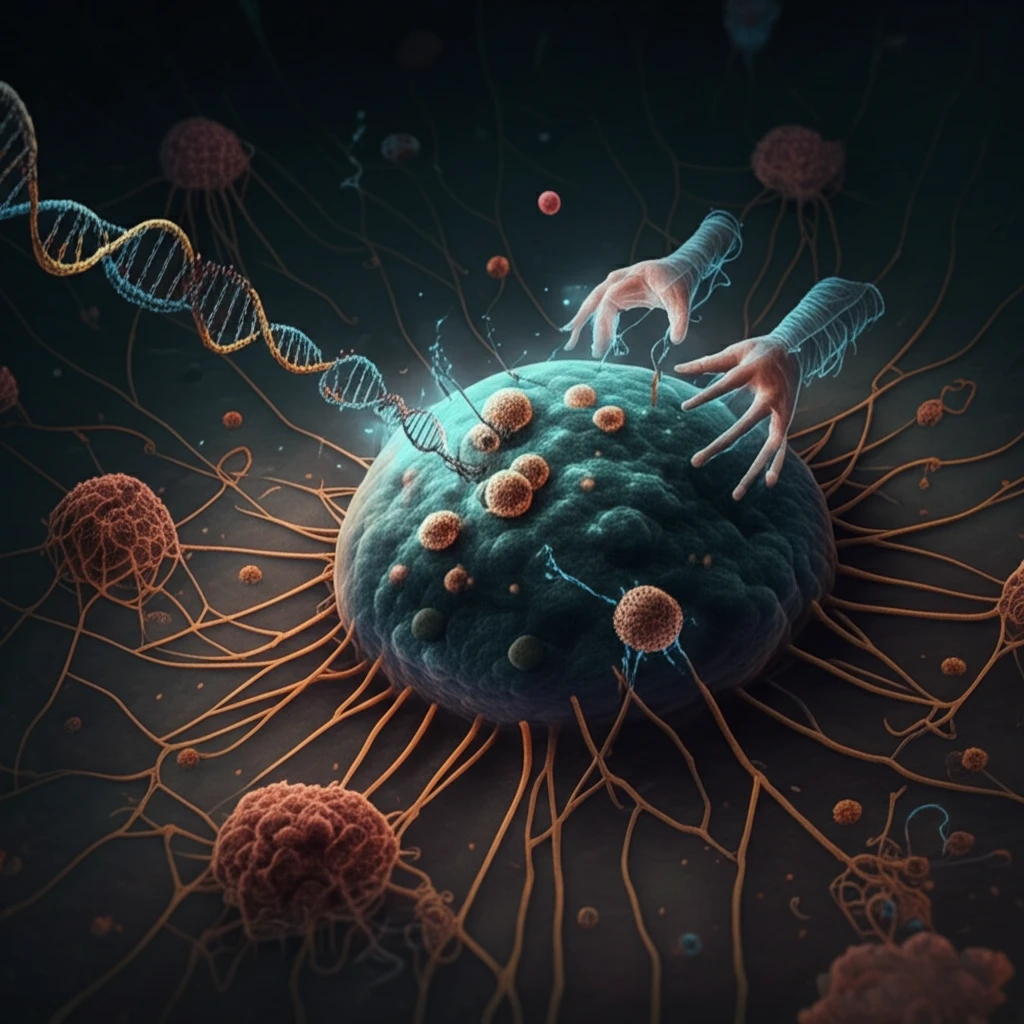
Unlocking Cellular Secrets: How a Serendipitous Discovery Revolutionized Our Understanding of Stress Response
"Decoding the Unfolded Protein Response (UPR): A Journey from Yeast Genetics to Modern Medicine"
In the vast landscape of scientific research, certain papers transcend the ordinary, becoming cornerstones upon which entire fields are built. These aren't just documents filled with data; they are beacons of insight, illuminating previously uncharted territories of knowledge. One such seminal work is the paper by Cox and Walter, which unveiled the critical role of HAC1 in the unfolded protein response (UPR).
The Unfolded Protein Response (UPR) is a cellular mechanism that gets activated when the endoplasmic reticulum experiences stress, due to an accumulation of unfolded or misfolded proteins. This mechanism is crucial for the survival of cells. This mechanism is crucial for the survival of cells, because of its role to re-establish normal cell functions by stopping protein translation, removing misfolded proteins, and activating the signalling pathways that produce chaperones.
For many researchers, including myself, the Cox and Walter paper was more of a citation than a thorough read—a common pitfall in the fast-paced world of academia. However, upon closer inspection, the elegance and profound implications of their work became strikingly clear. It wasn't just about identifying a new player in cellular stress response; it was a masterclass in experimental design and insightful interpretation.
The Serendipitous Hunt for a Transcription Factor: How Yeast Genetics Unraveled a Cellular Puzzle

The quest to understand the UPR was akin to searching for a missing piece in a complex puzzle. Scientists knew that the expression of genes like the chaperone protein BiP was upregulated under stress conditions and that the kinase IRE1 played a crucial role. But the identity of the transcription factor responsible for orchestrating this response remained elusive.
- IRE1: Already known for its role in the UPR pathway.
- SWI4: A transcription factor involved in general transcriptional machinery.
- HAC1: Encoded a novel transcription factor, quickly becoming the focal point of their investigation.
Why This Discovery Still Matters: Lessons in Elegance and the Value of Knowing Your History
The discovery that HAC1 mRNA is spliced upon UPR induction was revolutionary. This splicing event creates a stable protein capable of inducing the UPR. Further, the realization that IRE1 could directly splice HAC1 in the cytosol added another layer of uniqueness to this activation mechanism. This research is more than a historical footnote; it exemplifies how innovative thinking, combined with classical genetics, can unlock fundamental biological processes.
